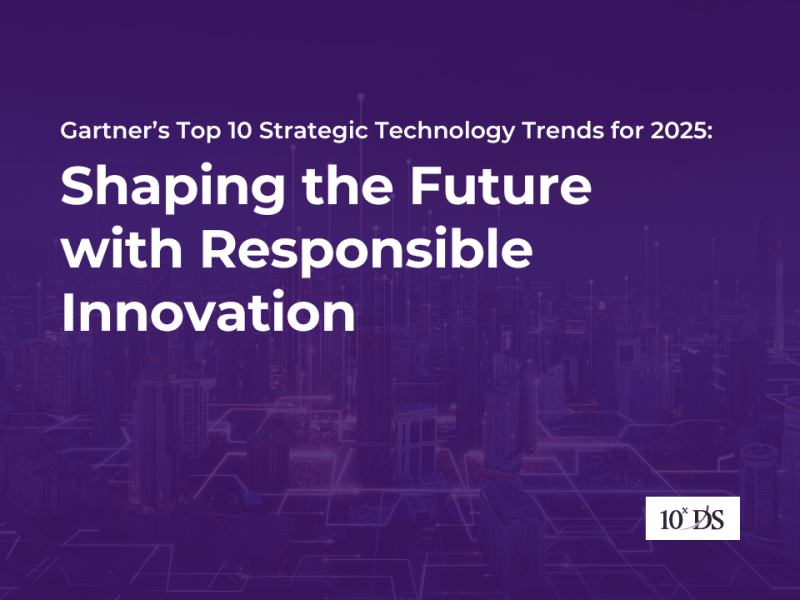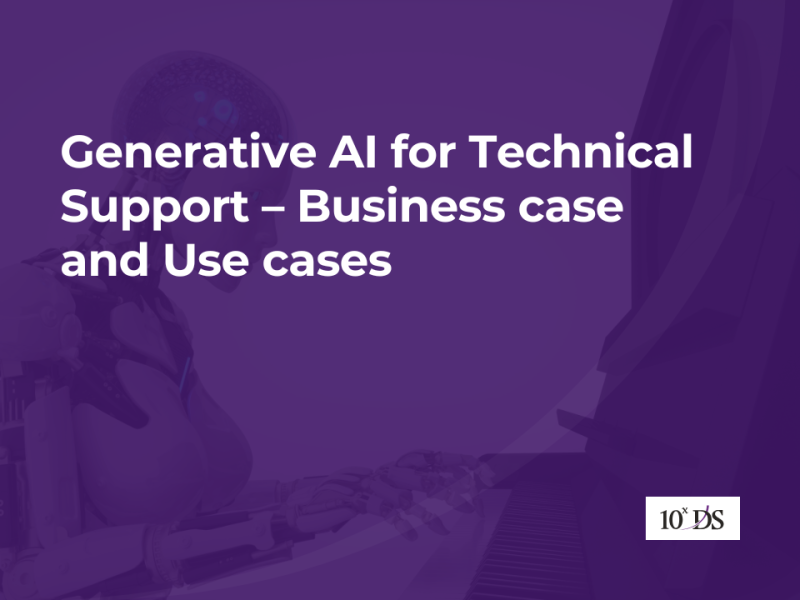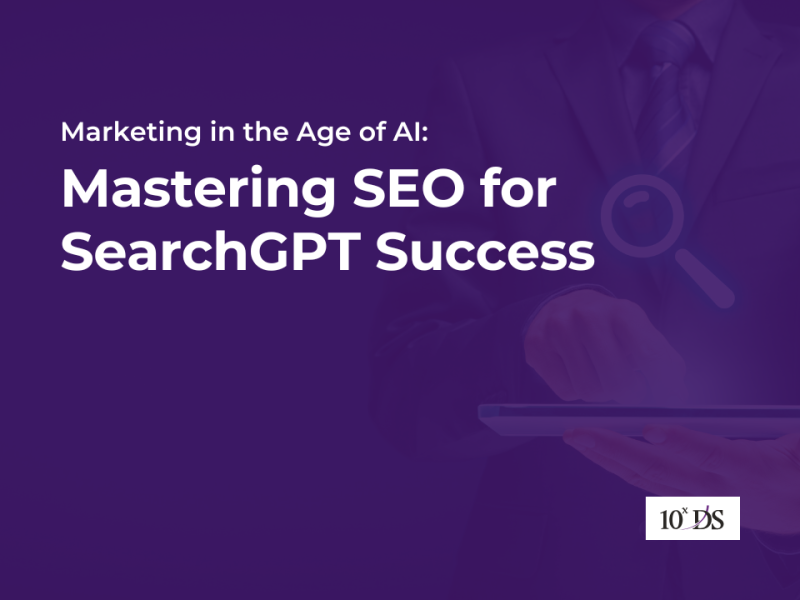
What is Semantic AI? And how is it reshaping search and data analysis
Semantic AI refers to the use of artificial intelligence (AI) techniques that leverage semantic understanding to process and interpret information in a way that mimics human reasoning. It integrates natural language processing (NLP), knowledge graphs, machine learning, and other AI technologies to understand and infer meaning from data based on the context and relationships between pieces of information, rather than relying solely on keywords or superficial patterns. Key components of Semantic AI include:
- Semantic Understanding: It involves interpreting the meaning of words, phrases, and concepts by understanding their relationships within a larger context. This allows machines to process language more naturally, similar to how humans understand and process language.
- Knowledge Graphs: These are databases that represent information as interconnected nodes and relationships, which help AI systems understand complex relationships between entities. Knowledge graphs enable more accurate retrieval and reasoning based on the context of the data.
- Contextual Awareness: Unlike traditional AI models, which may work in isolation, Semantic AI is context-aware. It understands the meaning behind the data, such as identifying trends, answering questions, or making recommendations based on deeper insights.
- Explainability: Semantic AI models are often more interpretable, providing transparent reasoning for their conclusions by grounding their decisions in human-like logic and relationships between concepts.
The goal of Semantic AI is to create smarter, more intuitive systems that can comprehend and reason with information in a meaningful and human-like way. Semantic AI significantly reshapes search and data analysis by enabling more intuitive, contextual, and accurate interpretation of data, leading to better insights and improved decision-making.
1. Contextual Search
Semantic AI is transforming search and data analysis by introducing a more intuitive, contextual, and meaning-driven approach to understanding information. In traditional search systems, queries are typically matched with keywords in a database, often leading to results that don’t fully capture the user’s intent. Semantic AI, on the other hand, focuses on understanding the context and meaning behind the words, allowing for more accurate and relevant search outcomes. It interprets natural language queries in a way that considers the relationships between words and entities, delivering results that align more closely with the user’s true needs. By understanding these relationships, Semantic AI reshapes search from being keyword-centric to context-centric, providing results that are both more relevant and personalized.
2. Enhanced Data Analysis
In data analysis, Semantic AI enables a deeper understanding of large and complex datasets by uncovering hidden connections and patterns. Rather than simply processing raw data, it analyzes the relationships between data points within a broader context, allowing for more comprehensive insights. This approach enhances the ability to discover meaningful trends that may not be obvious through traditional methods. For example, it can automatically recognize and categorize unstructured data—such as emails or reports—by understanding the semantic meaning behind the content, making data more organized and accessible for analysis.
3. Personalized and Predictive Analytics
Furthermore, Semantic AI enhances predictive and personalized analytics by leveraging its ability to understand context and relationships. It provides businesses with the tools to make better-informed decisions by analyzing both historical data and new inputs in real time. This predictive capability enables more accurate forecasting of trends and outcomes, helping organizations stay ahead of changes in their industry. Additionally, Semantic AI’s personalized approach ensures that search results and data insights are tailored to individual users or specific use cases, which makes data analysis more user-centric and impactful.
4. Enhanced Decision-Making
Another major benefit is the explainability and transparency that Semantic AI offers. Its ability to reason through relationships between data points allows for more interpretable results. Users can better understand how conclusions are reached, which fosters greater trust in AI-driven decision-making processes. This transparency is crucial, especially in sectors like finance or healthcare, where the stakes of decision-making are high and the rationale behind recommendations must be clearly understood.
In sum, Semantic AI reshapes search and data analysis by enabling systems to move beyond keyword matching and surface-level patterns, toward a more nuanced understanding of meaning and context. This results in smarter, more intuitive systems capable of delivering deeper insights and facilitating more accurate decision-making across various industries.
Talk to our experts to learn more.


